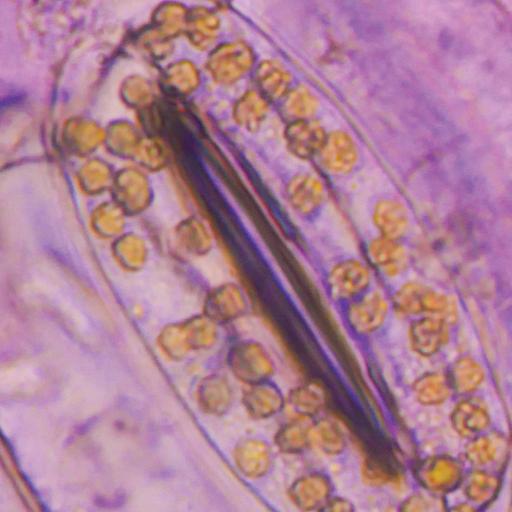Stomata
Presentations | English
Stomata are the tiny openings present on the epidermis of leaves. In some plants, stomata are present on stems and other parts of plants. Stomata play an important role in gaseous exchange and photosynthesis. They control transpiration rate by opening and closing. There are different types of stomata and they are mainly classified based on their number and characteristics of the surrounding subsidiary cells. The different types of stomata are: anomocytic stomata, anisocytic stomata, diacytic stomata, paracytic stomata, gramineous stomata. The stomata consist of minute pores called stoma surrounded by a pair of guard cells. Stomata, open and close according to the turgidity of guard cells. The cell wall surrounding the pore is tough and flexible. The shape of guard cells usually differs in both monocots and dicots, though the mechanism continues to be the same. Guard cells are the cells which contain chloroplasts. The subsidiary cells surround the guard cells. They are the accessory cells to guard cells and are found in the epidermis of plants. They are present between guard cells and epidermal cells and protect epidermal cells when the guard cells expand during stomatal opening.

7.00
Lumens
PPTX (28 Slides)
Stomata
Presentations | English
